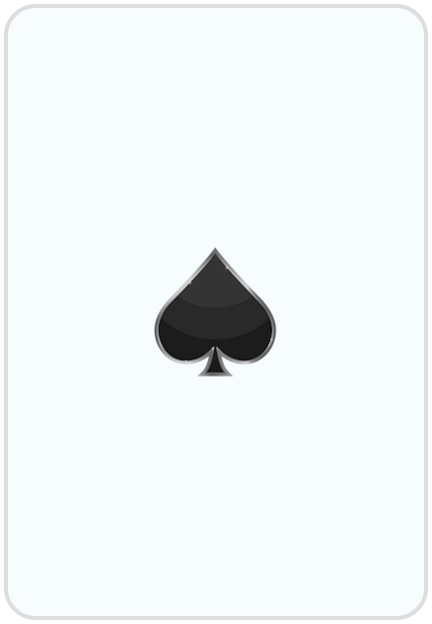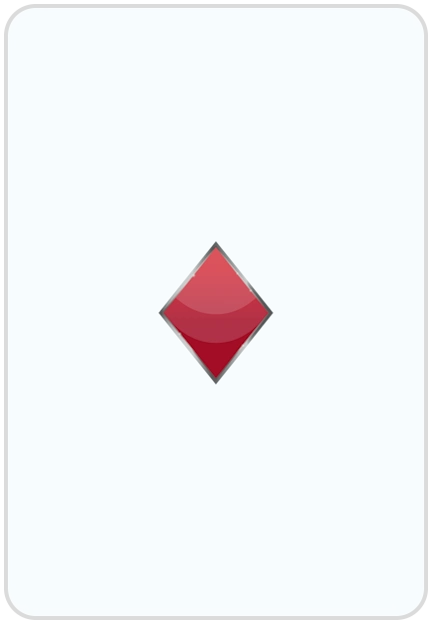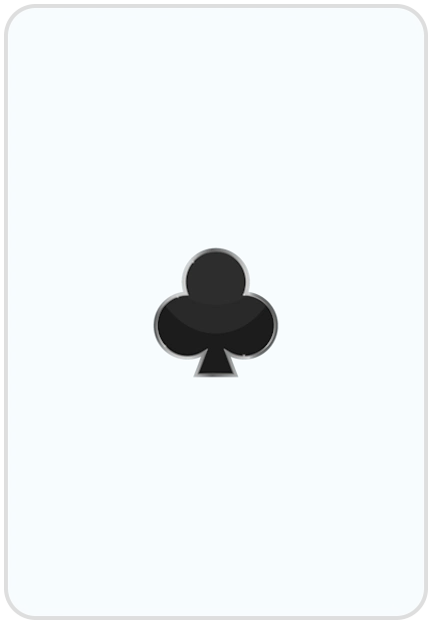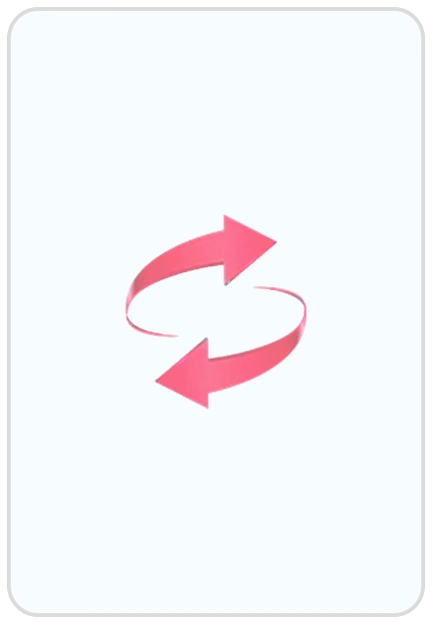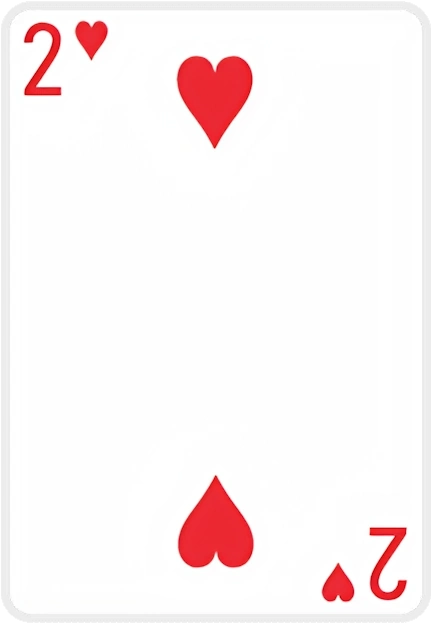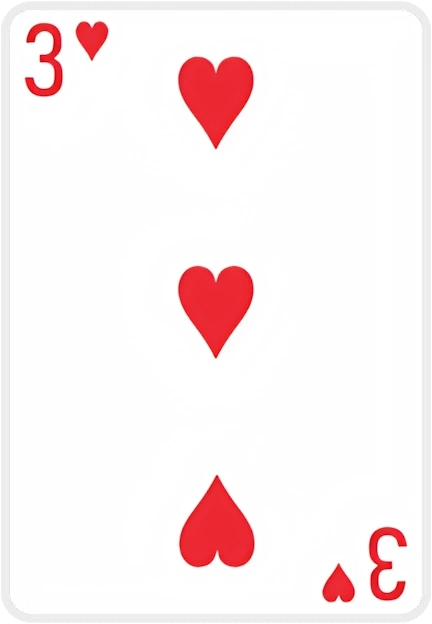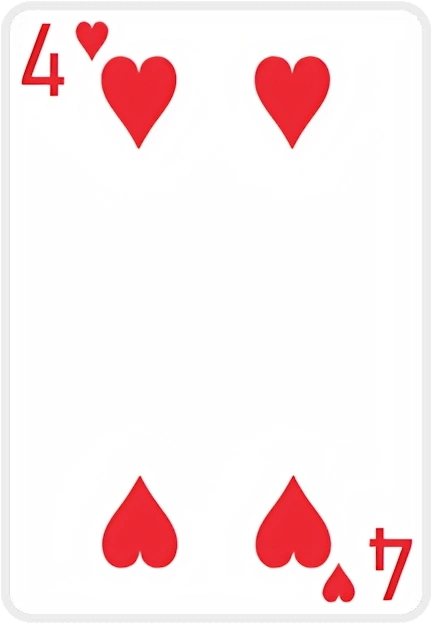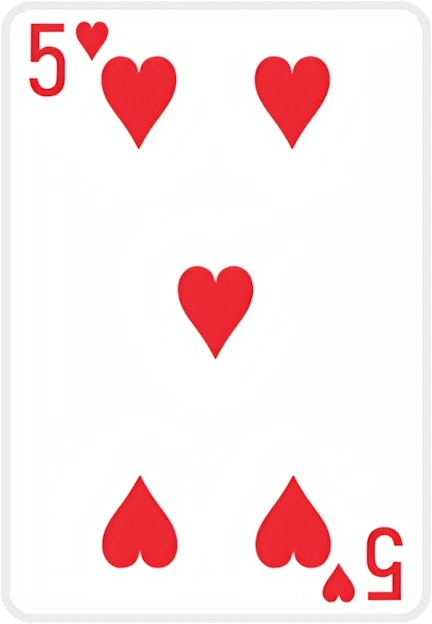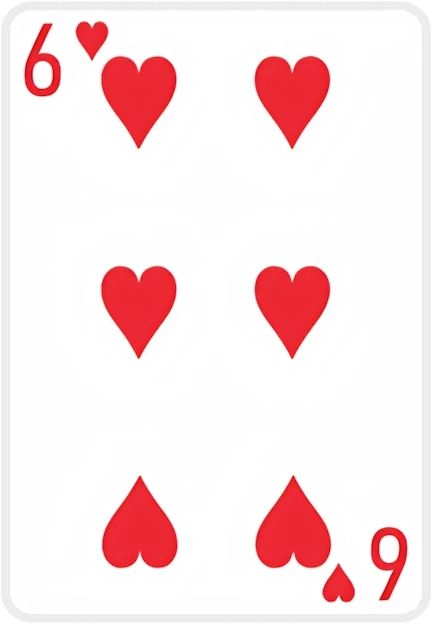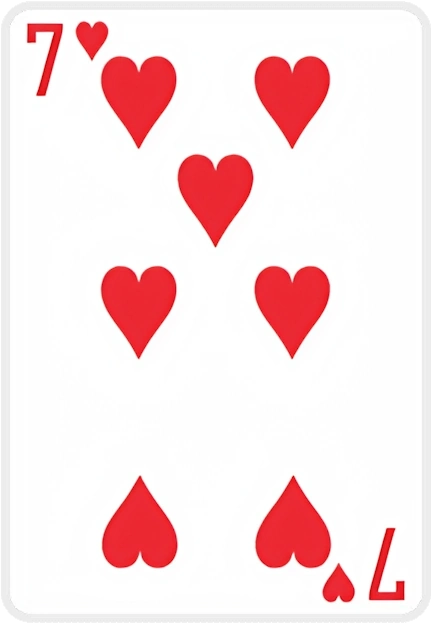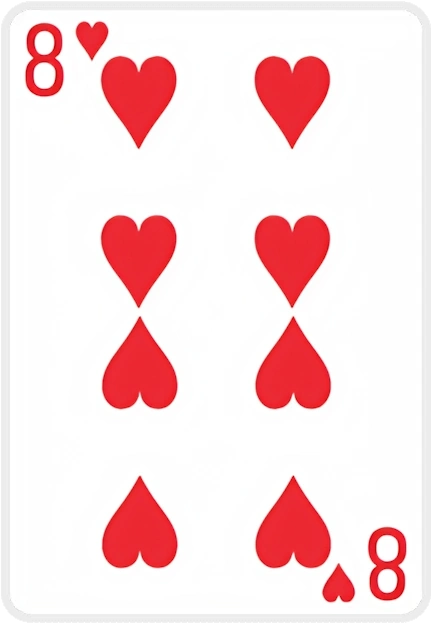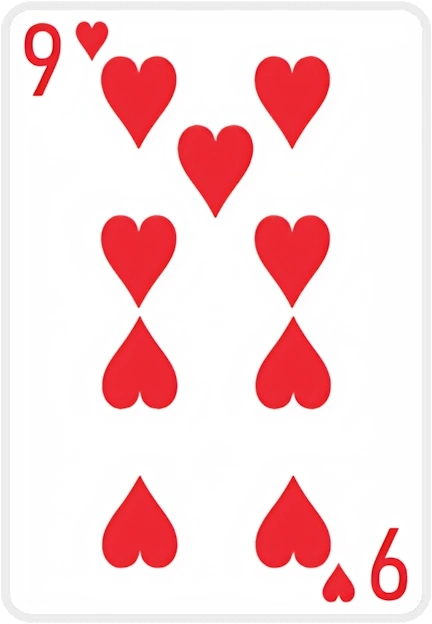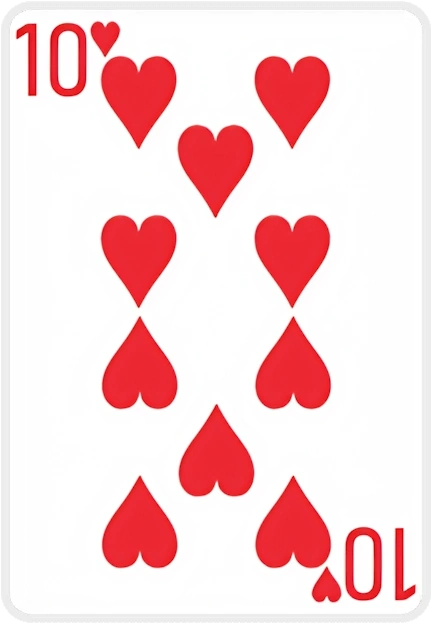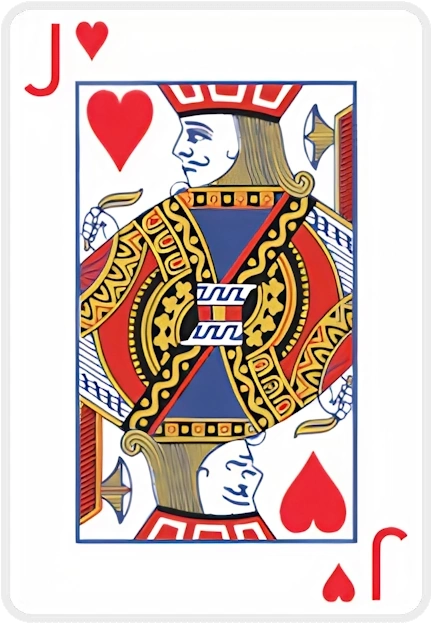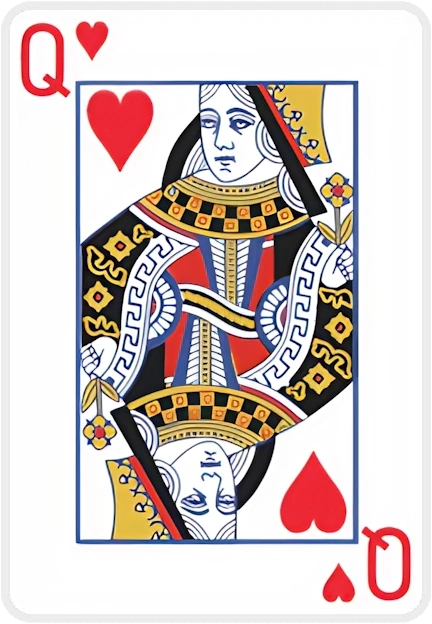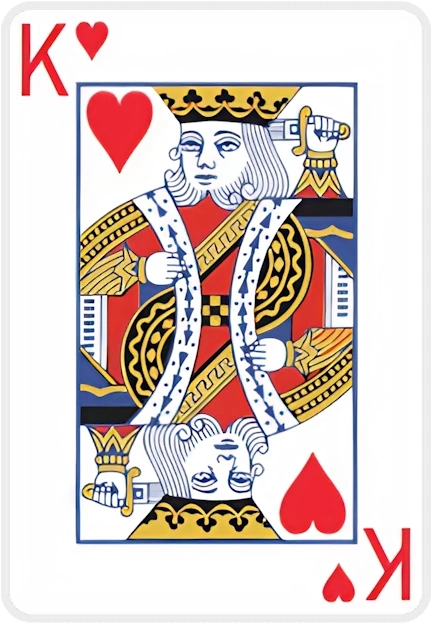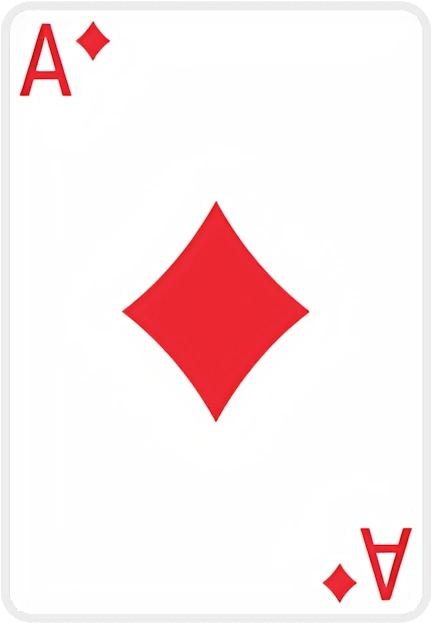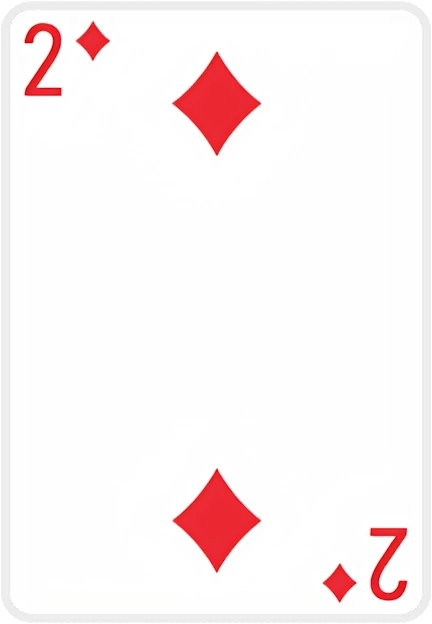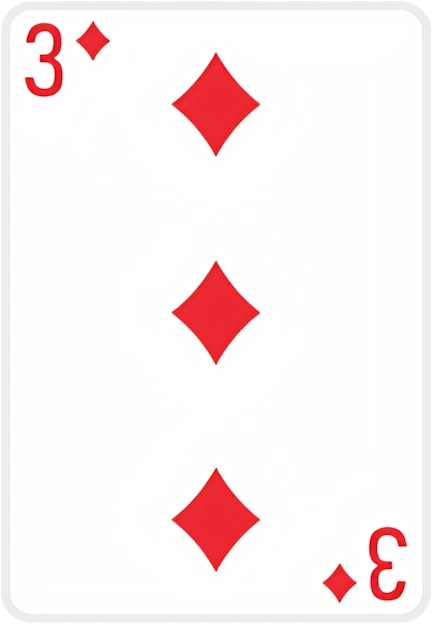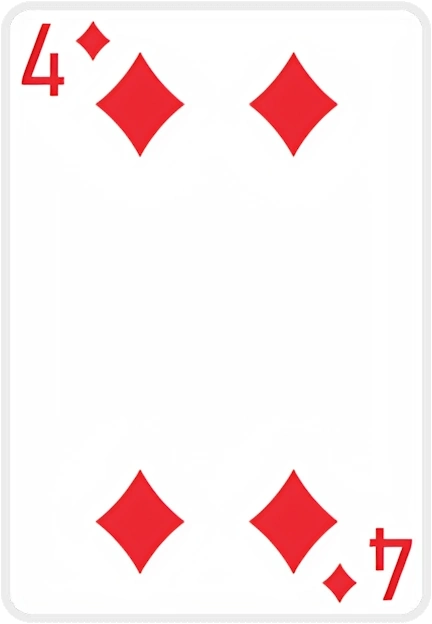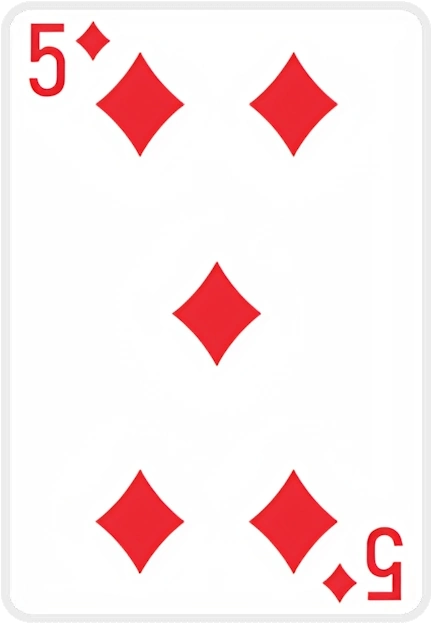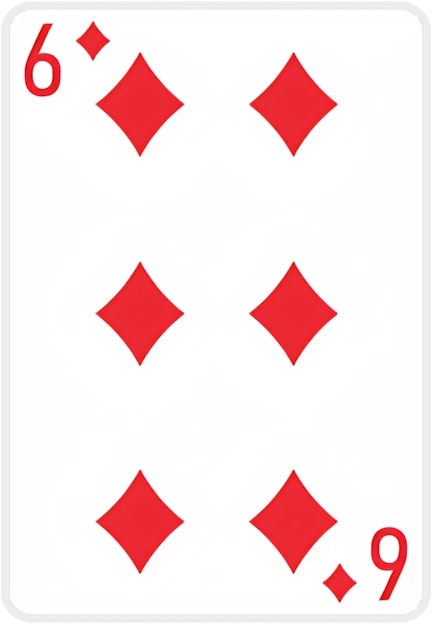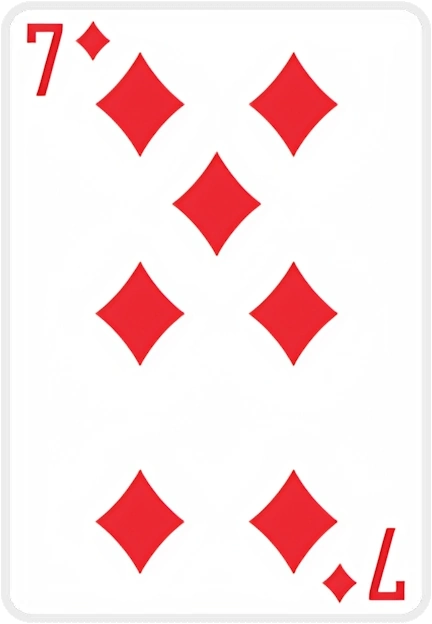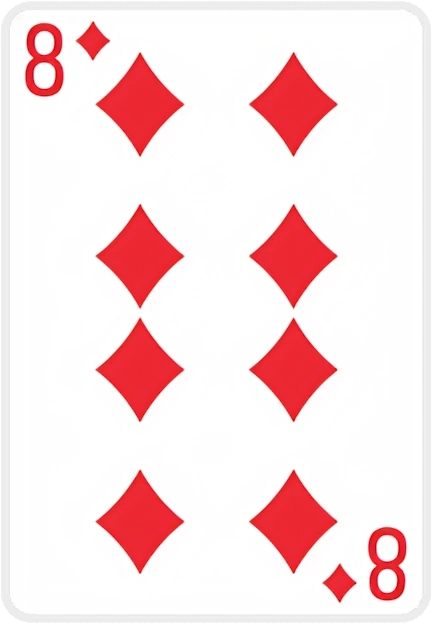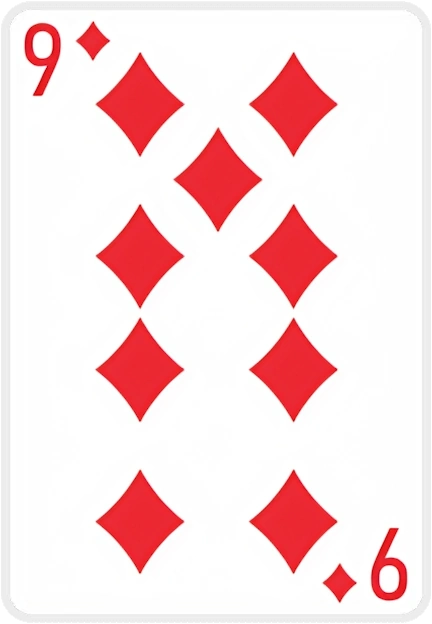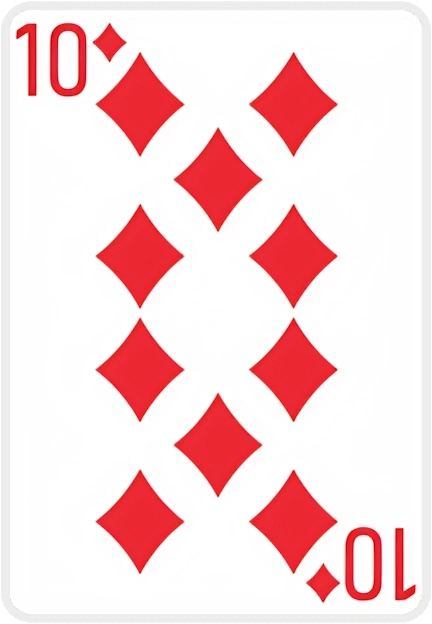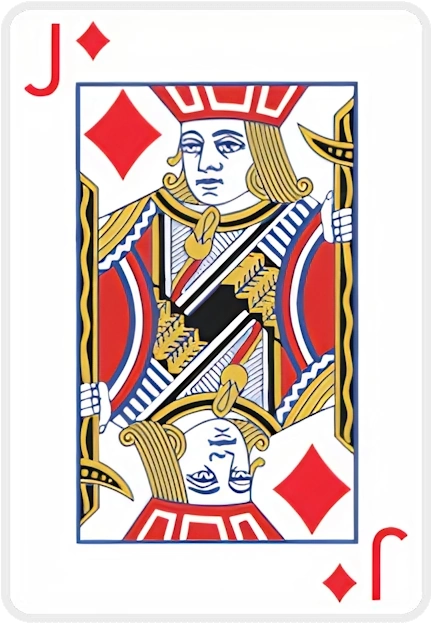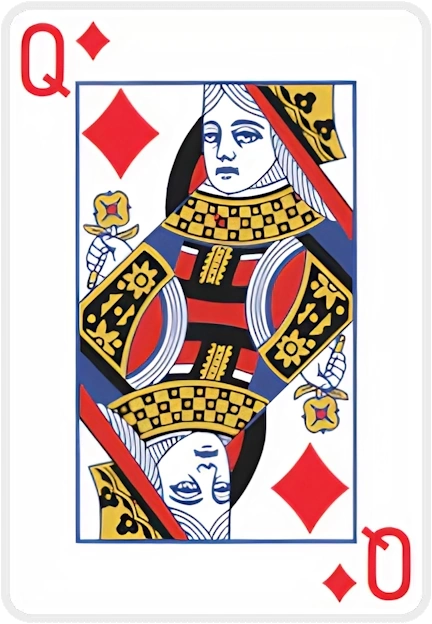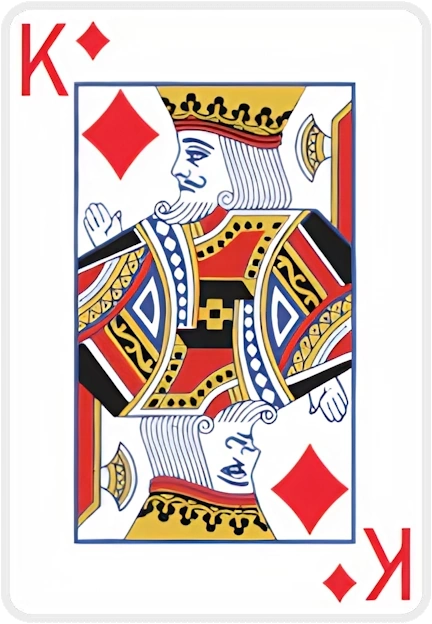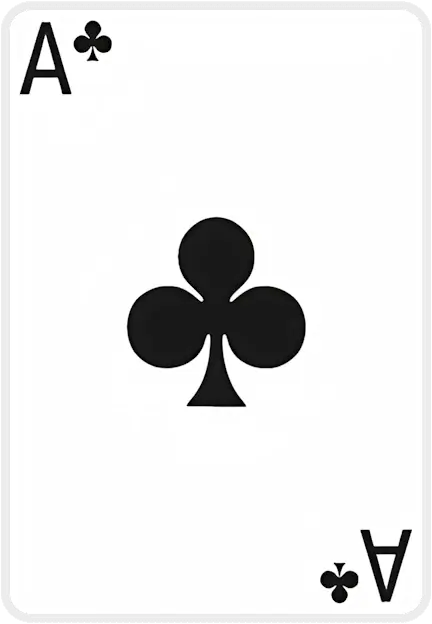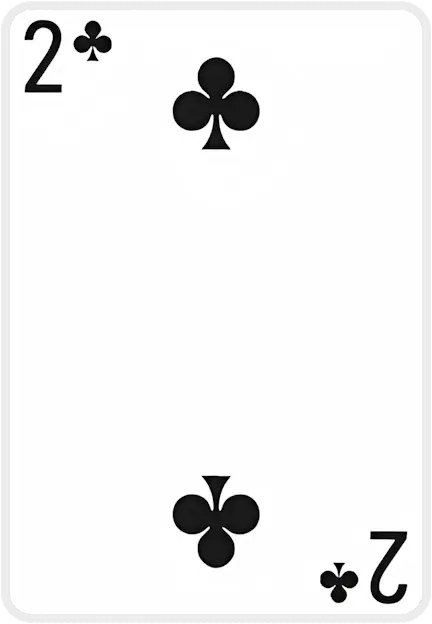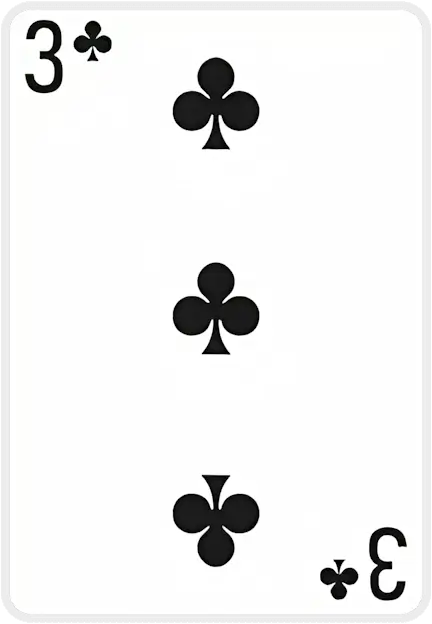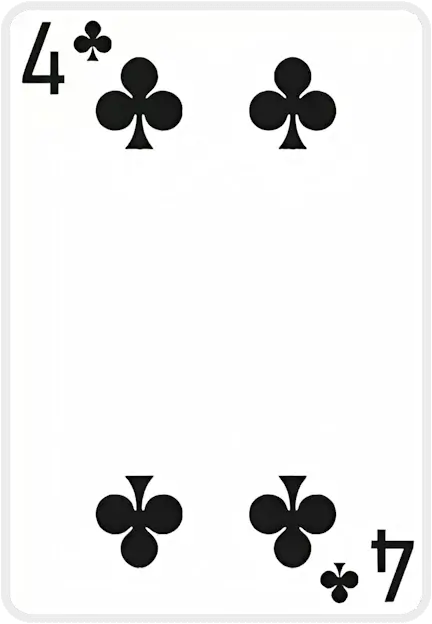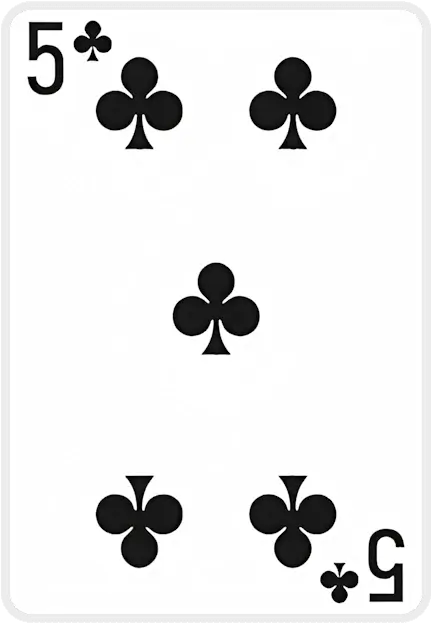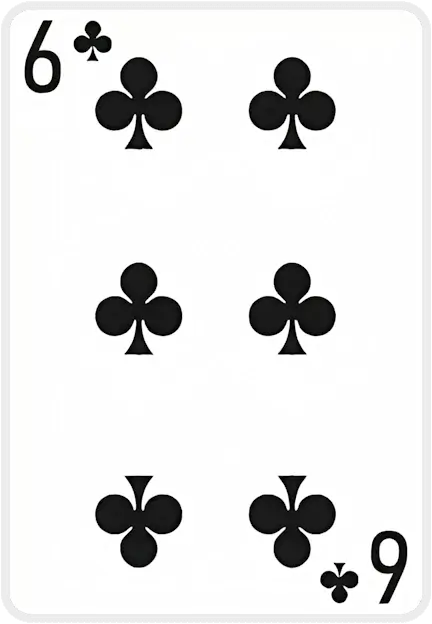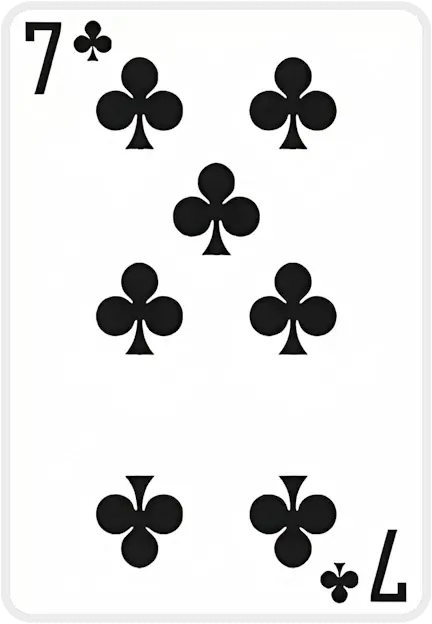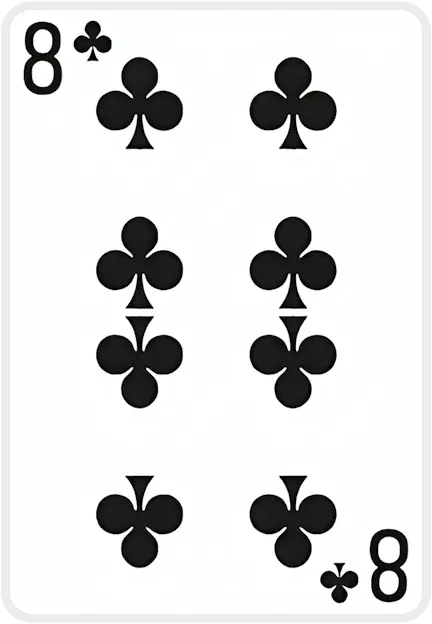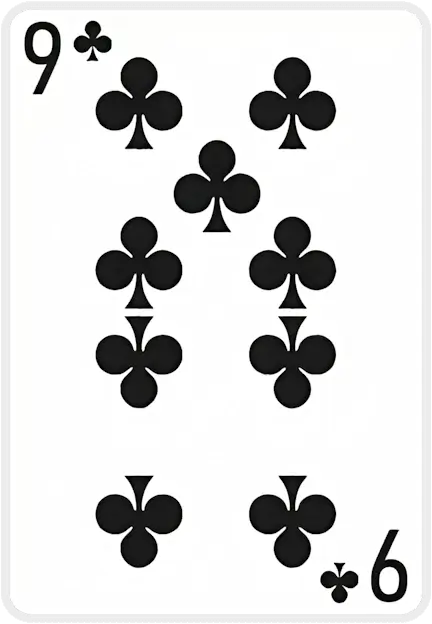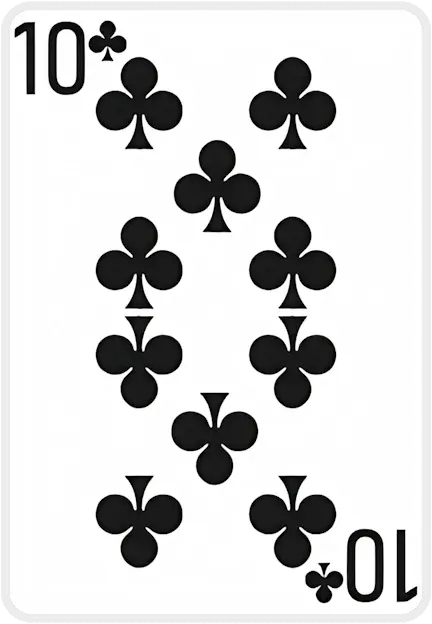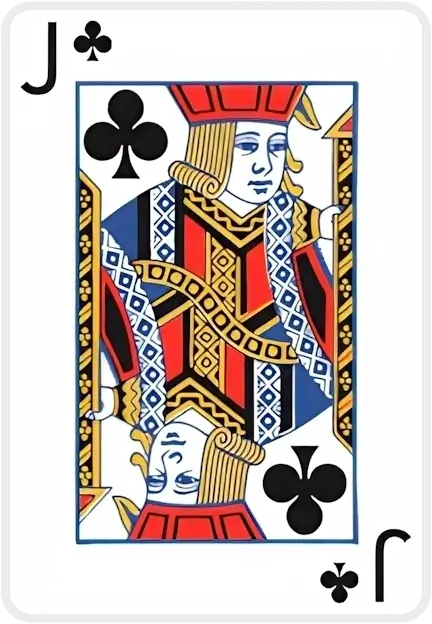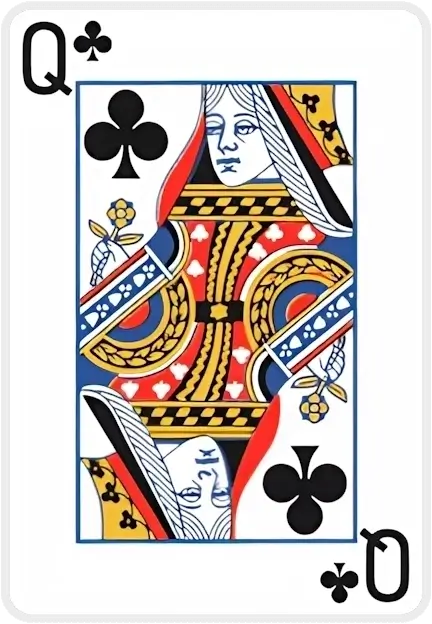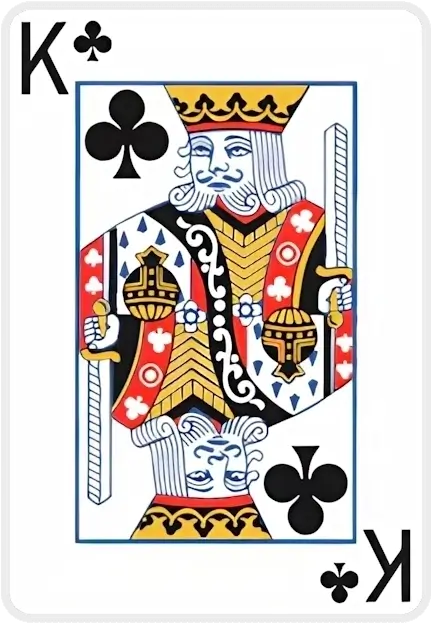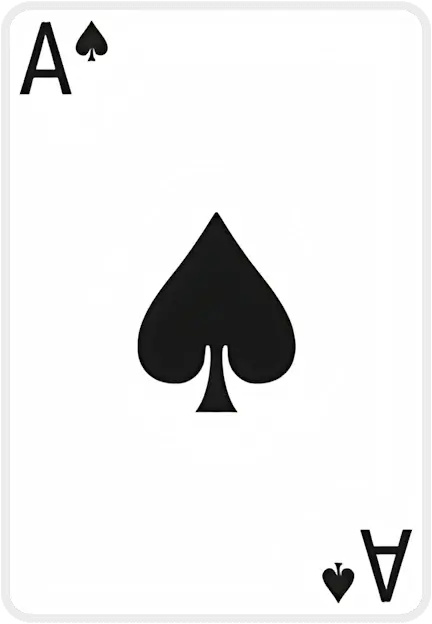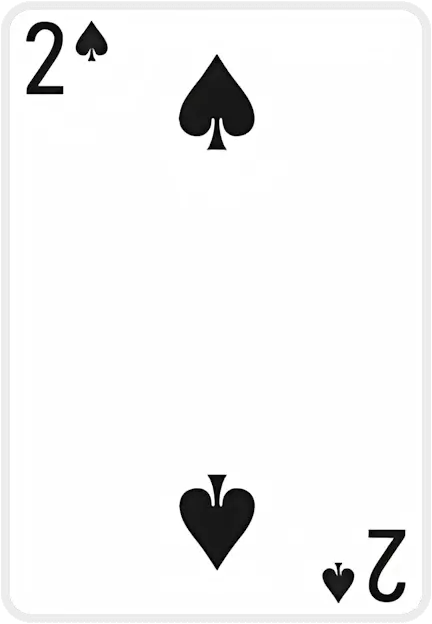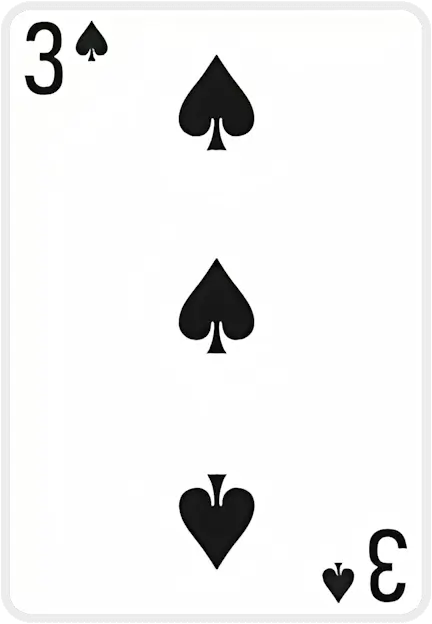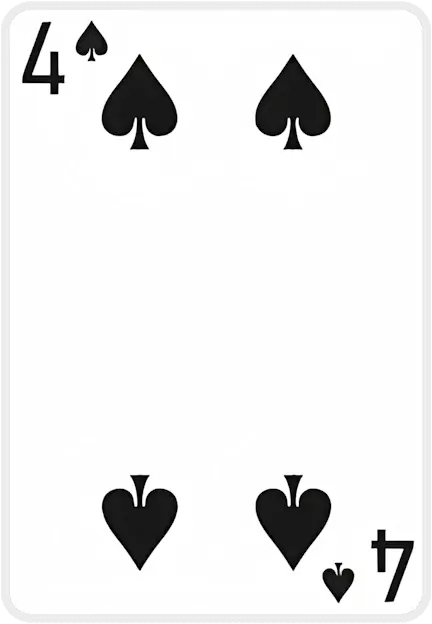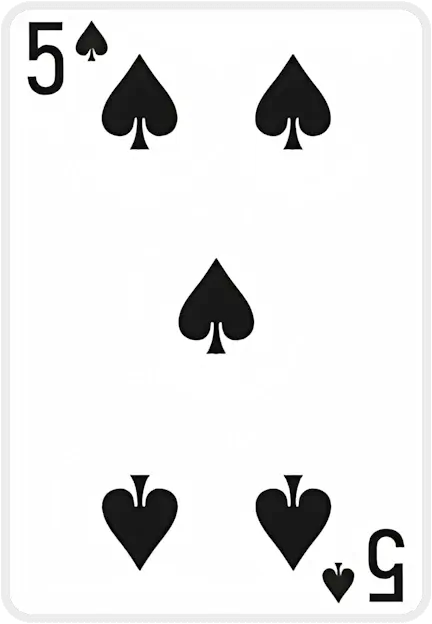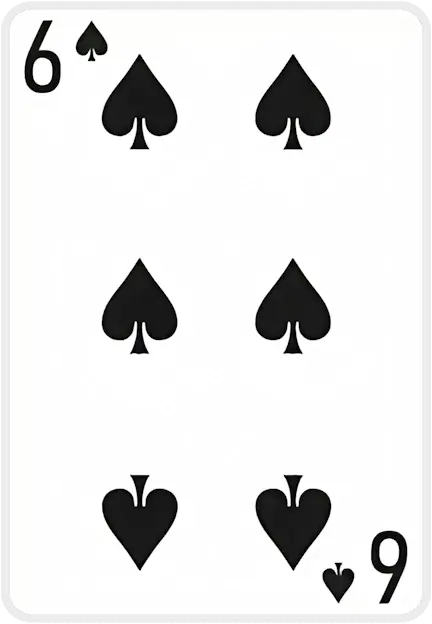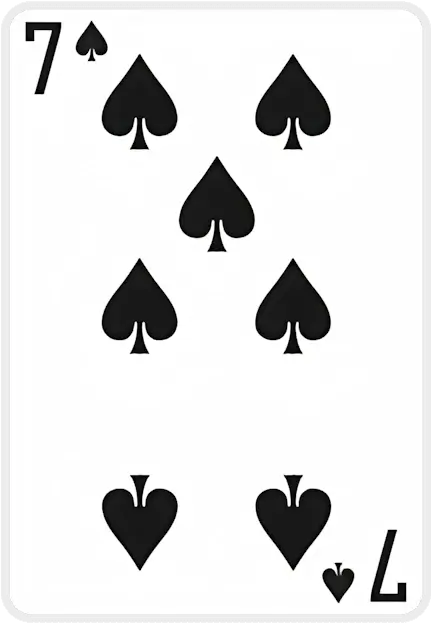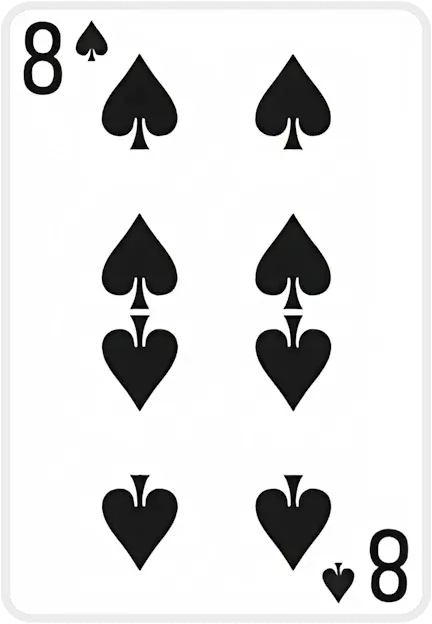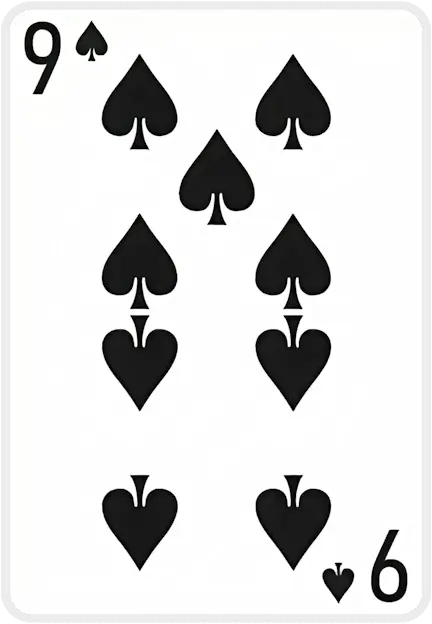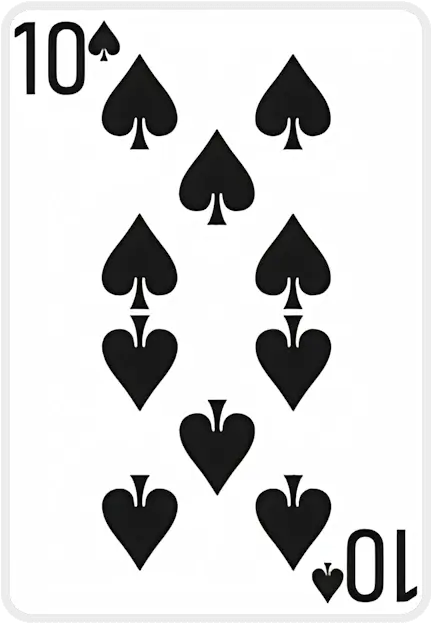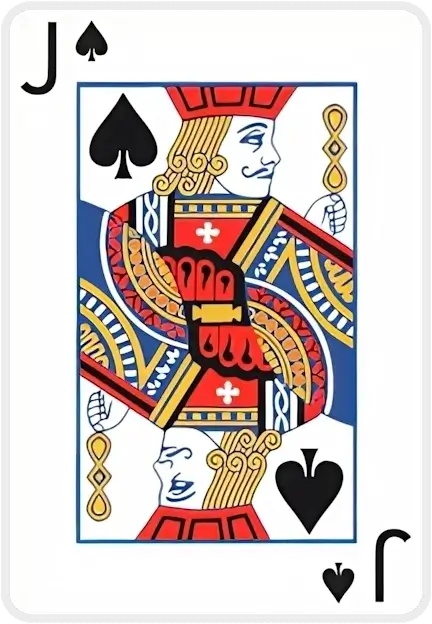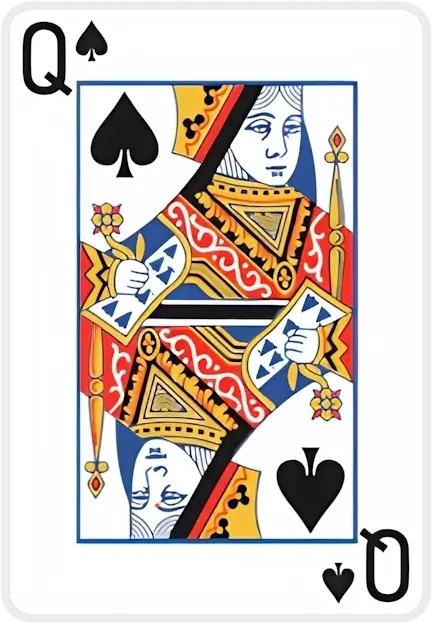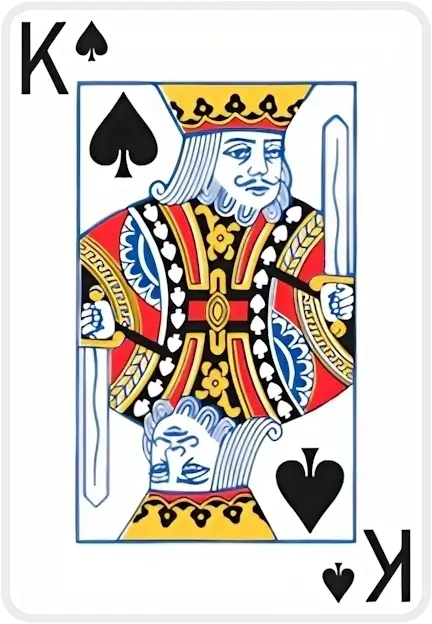Cannot drop, your card needs to be of an opposite suit colour
Cannot drop, your card needs to be one rank lower
Cannot move multiple cards to foundation
Card suit doesn't match foundation pile suit
Card can only be dropped on top of a card pile
Cannot deal cards when there are empty tableau piles
You can only move {0} card(s) at a time based on the current free cells and tableau
The cards don't add up to 13 and cannot be moved
The card is inaccessible and move cannot be performed
Cards must be in sequential order (one higher or lower)
TriPeaks Solitaire

Play TriPeaks Solitaire Online for Free
TriPeaks Solitaire (sometimes called Three Peaks or Tri Towers) features a tableau composed of three adjacent peaks, each resembling a small pyramid. The objective is straightforward: clear all cards from the peaks by moving them onto a waste pile in numerical sequences, either up or down by one rank. With its eye-catching layout and simple mechanic, TriPeaks delivers a fun, casual experience that’s a favorite among solitaire enthusiasts.
This games provides user-friendly features such as undo button, hint, animated graphics, and scoring bonuses for speed or combo streaks—making the digital TriPeaks experience both accessible and exciting for players of all skill levels.
How to Play TriPeaks Solitaire
-
Layout
- The tableau is arranged into three overlapping peaks, each peak made of a row of cards stacked so that only some are exposed. Typically, 28 cards form these peaks.
- The remaining cards create a stock pile (face-down) and a waste pile (face-up) next to it.
-
Turning Cards
- Flip the top card from the stock to start the waste pile. This waste-card value determines which tableau cards are initially eligible for play.
-
Removing Cards
- You may remove any exposed tableau card that is one rank higher or one rank lower than the top waste card. Suits do not matter; only the rank is important.
- For example, if the waste pile’s top card is a 7, you can play either a 6 or an 8 from the tableau if it’s exposed.
- Each card you remove is placed on top of the waste pile (thus becoming the new top card), potentially exposing new cards in the tableau.
-
Drawing from the Stock
- If no eligible moves remain, flip the next card from the stock onto the waste pile and continue.
- You can usually go through the stock once, though variations may allow limited or unlimited re-deals.
-
Winning the Game
- You clear the layout if you manage to remove all tableau cards onto the waste pile before running out of stock cards (and thus possible moves). Many versions also keep track of your score or number of moves.
Interesting Facts About TriPeaks Solitaire
-
Modern Invention
- TriPeaks was originally created by Robert Hogue in 1989. Despite being relatively new compared to classics like Klondike or Spider, it quickly gained a loyal following.
-
Microsoft Influence
- Like several other popular solitaire games, TriPeaks gained added fame through Microsoft’s inclusion in various Windows or online solitaire packages.
-
Scoring Systems
- Different TriPeaks apps or websites can have unique scoring mechanisms—some offer big combo bonuses if you remove multiple cards in succession without flipping from the stock.
-
Fast-Paced
- Unlike some solitaire variants that require extensive planning, TriPeaks often rewards quick moves and chain reactions, making it appealing for short bursts of play.
-
Various Layouts
- While three peaks is the standard, you might see variations like “Pyramid Peaks,” “Rock Garden,” or other creative layouts that follow similar rules.
Tips and Tricks
-
Aim for Long Streaks
- Whenever possible, play multiple cards in a row from the tableau without flipping from the stock. Longer streaks often lead to higher scores or bonus points.
-
Keep an Eye on the Tableau
- Before moving a card onto the waste pile, quickly check if it will expose another card that immediately continues your chain. Planning two or three moves ahead can create bigger combos.
-
Manage the Stock
- Resist the urge to flip from the stock too soon. If there’s a potential chain in the tableau, it’s often best to take full advantage of it before introducing a new top card.
-
Use the Undo Feature (If Available)
- In some online versions, an undo function can help you reverse a move that prematurely ends a chain. Use it strategically to explore alternate sequences.
-
Prioritize Exposing Hidden Cards
- Each card you remove from the peaks can uncover additional face-down cards. Focus on clearing the top rows of each peak first, gradually revealing the hidden layers below.
Strategies for Winning
-
Maximize Sequences
- The core of TriPeaks strategy lies in creating the longest possible run of consecutive plays. Even a small difference—like revealing a 4 instead of a 3—could lead to a bigger chain.
-
Avoid Wasting Potential
- If you see two possible moves (e.g., a 5 and a 7 are both playable on a 6), think ahead to which move might yield the longest run. Sometimes skipping an obvious play can open a chain of multiple cards right after.
-
Scan the Peaks
- Identify which peak has the fewest exposed cards or the most overlapping layers. Clearing one peak completely can sometimes unlock a cascade of moves in the other two peaks.
-
Don’t Rush
- Though TriPeaks is generally quick, a single rushed move can block a longer sequence. Taking a moment to evaluate your best move often pays off in points and finishing success.
-
Practice Builds Foresight
- Familiarize yourself with how ranks chain together (e.g., a run like 9-8-7-6-5). Recognizing these patterns speeds up your decision-making and boosts your overall win rate.
TriPeaks Solitaire offers a delightful twist on the typical card-clearing format, emphasizing quick decision-making and clever chaining of ranks. By focusing on exposing new cards, creating long streaks, and thinking just a couple of moves ahead, you can turn an initial card advantage into a triumphant clearing of all three peaks. Enjoy the fast pace, unlock impressive combos, and rise to the summit of the TriPeaks challenge!
Case Studies
All figures below come directly from our database. Using first-party data ensures every insight is evidence-based, up-to-date, and privacy-respectful.
| Game Tier | Stand-out Titles | Win Rate |
|---|---|---|
| Quick Wins | Spider (1 Suit), Hole-in-One, TriPeaks | 70–84% |
| Fair Challenges | Solitaire (Draw 1) – 913 k plays FreeCell, Golf |
45–63% |
| Expert-Level | Spider (4 Suits), Forty Thieves, Double Scorpion | ≤11% |
Curious which moves turn the odds in your favor? Explore all the data & strategies →
What people say about us
Interview with Beverley Walker-Daury
At 87, Beverley Walker-Daury shares how SolitaireX brings joy, companionship, and purpose to her days in a retirement home.
Player Interview: Poul Andersen
Poul Andersen shares how playing SolitaireX helps him keep his brain sharp and active.
Player Interview: Peter Gross
Peter Gross, 81, shares how SolitaireX became his go-to place for relaxing Freecell games and friendly competition.
Player Spotlight: St0Sh0’s Record-Breaking Runs on SolitaireX
We sit down with speed-solitaire sensation St0Sh0 to talk record times, favorite variants, and why SolitaireX is his go-to card-game hub.
Fresh from the SolitaireX Blog

Decks & Destinations: The Solitaire Traveler Series Part 5: Berlin — Strategy & Culture Walks
Berlin’s rhythm of reflection and structure pairs perfectly with Solitaire’s calm logic. This guide invites travelers to explore the city’s culture and canals with a few mindful moves between each stop.

Decks & Destinations: The Solitaire Traveler Series Part 4: Tokyo – Mindful Play in a Fast City
Tokyo’s fast pace hides countless moments of calm — perfect for a mindful round of Solitaire. This traveler’s guide pairs iconic spots with short, focused play sessions to restore clarity on the go.

Decks & Destinations: The Solitaire Traveler Series Part 3: Seattle — The PC-Era Vibe
Seattle’s rain-washed calm pairs perfectly with Solitaire’s quiet focus. This traveler’s guide shows how to blend sightseeing, coffee breaks, and short, finite puzzles into a mindful PC-era rhythm.

Decks & Destinations: The Solitaire Traveler Series Part 2: London – From “Patience” to Presence
London’s slower moments pair perfectly with Solitaire—once known locally as “Patience.” This traveler’s guide blends calm city rhythms with mindful card play to help you recharge between adventures.
Latest guides crafted by Stoyan Shopov and Kalin Nikolov
Golf Solitaire Mastery: Strategy, Stats & Flow
Deal 7 columns of 5 face‑up cards (35 total). The remaining 17 cards*form the stock; flip the first stock card to start the waste. You may move only exposed tableau cards, and only if the rank is exactly one higher or lower than the waste top. Suits don’t matter. When no move exists, flip a new waste card. Clear all tableau cards to win.
TriPeaks Solitaire Mastery: Strategy & Analytics
Two peaks are dust; one stubborn ridge remains. Your waste shows a 9. The tableau flashes 10‑J‑10‑9‑8 like a heartbeat. You nudge the 10, feel the cadence lock in, and—without overthinking—trace a neat descent that crumbles the last peak. That tiny spark of *flow* is why TriPeaks hooks serious players: rhythm, restraint, and the rush of a run that arrives exactly on time.
Pyramid Solitaire Mastery: Strategy, Stats & Joy
Picture the pyramid down to its last stubborn tier: a Queen pinned beneath a ridge, a lone Ace on the waste, and a King begging to be burned for tempo. Heartbeat, breath, click—then the whole structure yields in a rush. If you’ve hit that razor‑edge finale, you already know Pyramid’s secret: small decisions, made in the right order, change everything.
FreeCell Solitaire Mastery: Strategy & Analytics Guide
I have a 15 years personal, lived experience—picture a scene built from thousands of session logs and notes from serious players: It’s late, and the board looks jammed. You clear a single column, free one cell, and suddenly a 9♣‑8♦‑7♣‑6♦ chain glides into place, untying the knot you stared at for ten minutes. The rush isn’t luck—it’s the quiet pleasure of a plan snapping into focus. When did FreeCell last feel less like “killing time” and more like practicing a craft you can actually master?
Media About Us
69332440600663


